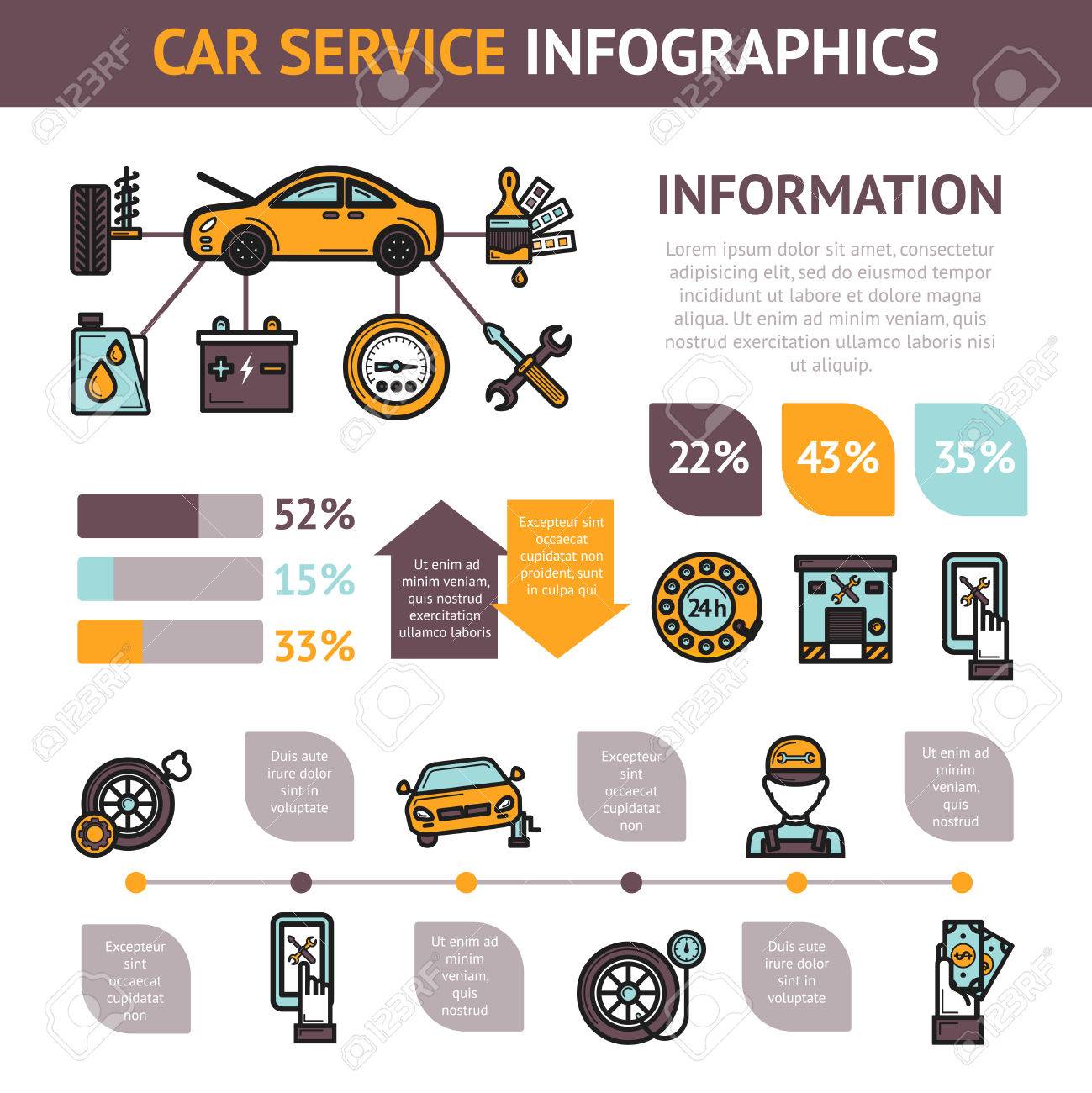Looking For Clarity On The Warning Lights Displayed On Your Automobile'S Dashboard? Figure Out Just How They Connect To Your Automobile'S Health And Wellness
Looking For Clarity On The Warning Lights Displayed On Your Automobile'S Dashboard? Figure Out Just How They Connect To Your Automobile'S Health And Wellness
Blog Article
Content Writer-Hartley Shepherd
When you lag the wheel, those beautiful warning lights on your dashboard can be a little bit difficult. Do you know what they're attempting to tell you concerning your car's health and wellness? Comprehending the importance of these lights is essential for your security and the long life of your automobile. So, the following time one of those lights appears, wouldn't you intend to analyze its message properly and take the essential actions to resolve it?
Common Warning Lighting and Interpretations
Recognize common caution lights in your vehicle and recognize their meanings to make sure secure driving.
The most typical caution lights include the check engine light, which indicates issues with the engine or discharges system. If ceramic vehicle coating comes on, it's important to have your automobile examined quickly.
The oil stress alerting light shows low oil pressure, requiring immediate focus to stop engine damage.
A blinking battery light may recommend a malfunctioning billing system, possibly leaving you stranded if not dealt with.
The tire stress monitoring system (TPMS) light alerts you to reduced tire stress, influencing vehicle stability and fuel efficiency. Disregarding this can cause risky driving conditions.
The abdominal muscle light indicates an issue with the anti-lock stopping system, endangering your capacity to quit promptly in emergencies.
Lastly, the coolant temperature level advising light warns of engine getting too hot, which can lead to severe damage otherwise settled swiftly.
Understanding these common warning lights will certainly aid you resolve concerns immediately and maintain safe driving problems.
Relevance of Prompt Focus
Recognizing the common warning lights in your car is only the first step; the relevance of promptly addressing these cautions can't be emphasized enough to ensure your security on the road.
When a warning light illuminates on your control panel, it's your vehicle's method of communicating a potential issue that requires attention. Overlooking these warnings can cause more serious troubles later on, compromising your security and possibly costing you a lot more out of commission.
Prompt focus to advising lights can protect against break downs and crashes. As an example, a blinking check engine light might suggest a misfire that, if left ignored, can create damages to the catalytic converter. Addressing this without delay can conserve you from an expensive repair work.
Similarly, a brake system warning light could signal reduced brake fluid or worn brake pads, important components for your safety when driving.
DIY Troubleshooting Tips
If you observe a warning light on your dashboard, there are a couple of DIY repairing suggestions you can attempt prior to looking for professional help.
https://www.autonews.com/fi-press-release/openbay-automotive-repair-and-maintenance-subscription-service-now-available is to consult your auto's manual to understand what the certain warning light indicates. Sometimes the concern can be as simple as a loose gas cap causing the check engine light. Tightening the gas cap might resolve the issue.
One more common issue is a reduced battery, which can cause various warning lights. Examining the battery connections for corrosion and ensuring they're protected could deal with the issue.
If a warning light persists, you can attempt resetting it by disconnecting the vehicle's battery for a few minutes and afterwards reconnecting it. In addition, checking your lorry's liquid levels, such as oil, coolant, and brake fluid, can assist fix advising lights connected to these systems.
Verdict
In conclusion, recognizing your automobile's caution lights is necessary for maintaining your car running smoothly and safely. By without delay addressing these informs and understanding what they suggest, you can avoid pricey repair services and prospective break downs.
Bear in mind to consult your cars and truck's manual for certain details on each cautioning light and act accordingly to guarantee a hassle-free driving experience.
Keep notified, stay safe on the road!
